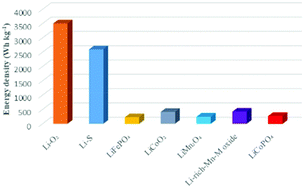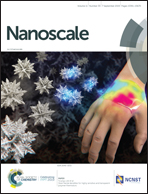Recent advances in cathode materials for rechargeable lithium–sulfur batteries
Abstract
Lithium–sulfur batteries (Li–S) are regarded as a promising candidate for next-generation energy storage systems due to their high specific capacity (1675 mA h g−1) and energy density (2600 W h kg−1) as well as the abundance, safety and low cost of sulfur materials. However, many disadvantages hinder the further development of Li–S batteries, such as the insulating nature of the active materials, the dissolution of intermediate products, large volume expansion and safety concerns related to metal lithium anodes. During the past decade, tremendous efforts have been made in the design and synthesis of electrode materials. In this review, we briefly discuss the electrochemical mechanism of Li–S batteries and their practical problems. Then, we systematically summarize the current strategies for designing cathode materials with stable and long cycling performance, including sulfur cathodes and Li2S cathodes; subsequently, the current development of solid-state electrolytes and protective strategies for lithium metal anodes are briefly discussed. Finally, the current challenges and future perspectives of Li–S batteries are presented.

- This article is part of the themed collection: Recent Review Articles


 Please wait while we load your content...
Please wait while we load your content...